South Korea’s Hanwha has used DSEI 2025 in London to present itself as a “multi-domestic” partner for European and allied militaries, pitching its portfolio as a solution to urgent capability gaps while offering industrial collaboration.
The company highlighted systems ranging from its 155mm Modular Charge System (MCS) to deep strike missile launchers, infantry fighting vehicles, air defence and naval concepts. It also stressed its track record of rapid delivery, pointing to K9 howitzers and Homar-K rocket launchers supplied to Poland and the AS9/AS10 artillery systems being built in Australia.
Michael Coulter, CEO of Hanwha Global Defense, told reporters: “Customers today demand not just cutting-edge technology but trusted partners who can reinforce their defence ecosystems. Hanwha’s commitment is to act with speed where it matters, while building sovereign capabilities together with our partners – producing locally and becoming part of the industrial base that strengthens allied security.”
Ben Hudson, CEO of Hanwha Defence Australia and UK/Europe, added: “Your future is our mission and we partner with sovereign nations to deliver the capabilities needed.”
Among the systems on display, Hanwha promoted its Deep Strike Capability launcher, which it says can deliver GPS/INS-guided precision strikes from a dual-launcher system capable of firing multiple rocket types. The firm emphasised that the Homar-K variant, customised for Poland, shows how the design can be adapted to national requirements and integrated with local industry.
The company also showcased the AS9 Huntsman self-propelled howitzer and AS10 resupply vehicle, marketed as a mature, NATO-interoperable solution for armies seeking long-range mobile fires. Other offerings included the L-SAM high-altitude air defence system, Redback infantry fighting vehicle, synthetic aperture radar satellites, counter-drone systems, and naval concepts such as unmanned surface vessels and digitalised “smart battleship” designs.
Hanwha framed its approach as aligning with both AUKUS Pillar 2 technology collaboration and the UK’s Strategic Defence Review, which calls for greater readiness and lethality. The company is openly pitching these platforms as potential solutions for future British requirements, particularly in mobile fires and autonomy.
Hanwha is exhibiting at Stand N10-270 in the South Korean Pavilion at Excel London.


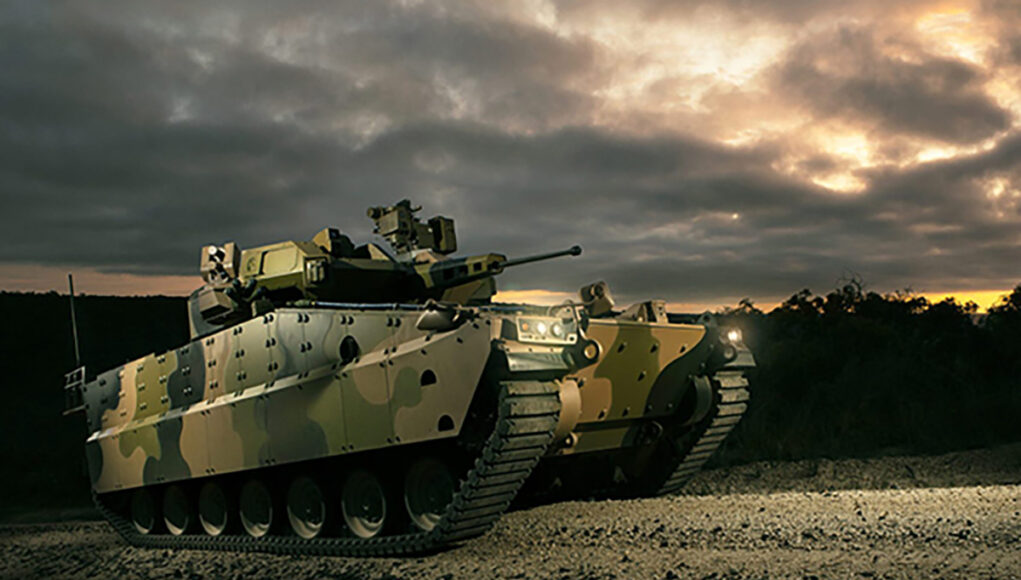
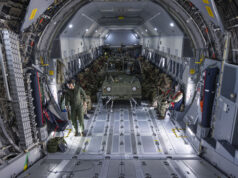



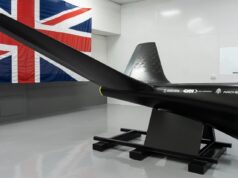


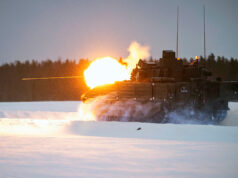

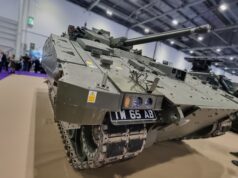

Great product range! How many redbacks do you get for the cost of one Ajax?
Let’s not go there mate 🤗
Silly billy,I’m sure you know Redback is an IFV and Ajax is a recce vehicle don’t you?
Appreciate they have different roles, but would be interesting to compare the lethality of the two platforms if they went head-to-head.
Despite the Ajax’s larger 40mm canon (vs 30mm) the Redback is more survivable – STANAG 6 (vs 4), better situational awareness (Iron Vision cameras etc) and Iron Fist active protection system, mine|IED protection etc.
But the twin integrated Spike ATGMs give the Redback about double the stand off kill range of Ajax for armoured vehicles.
But the point is ajex is not a head to head platform.. it’s a spot you, track you, network a kill chain and get a precision munition dropped on you.
Not if the Redback spots the Ajax first and either kills the Ajax (Spike missiles have a range of 5.5 km).
Or the Redback spots the Ajax and uses its networked kill chain to drop a PGM on the Ajax.
Or the ADFs equivalent Combat Reconnaissance Vehicle (CRV) Boxer tracks, spots and calls in a PGM strike (HIMARS, air strike…) or uses its own Spike missiles to kill the Ajax.
There are many ways to die. It was just a hypothetical for interest comparison.
All of which, in this age of using drones both for reconnaissance and direct attack, calls into question the utility (and survivability) of any armoured vehicle (CRV, Ajax or whatever) for battle reconnaissance.
If that’s the case platforms like the Ajax might find themselves less able to lurk about and more having to fight in which case the lethality and survivability of the platform matters.
In the end it all comes down to who sees who first and who reacts first.
A lot will depend on the countermeasures employed, be that from active jammers to RWS operating as an anti-drone CIWS. Not forgetting that APS will also play a part.
But then if you’re trying to be a ninja, using an active jammer could give your position away. Additionally banging off a few rounds at the drone, would alert anyone within a mile or two, someone’s about.
A platform plagued with noise issues, doesn’t seem like the natural scout choice. More likely to hear it before it sees you
Once heard the enemy will have drones up, and shortly followed by an artillery shell finishing the job.
Are you at DSEI? look at the GD stand Blackjax the Ajax IFV – which actually appears to be an ASCOD hull not an Ajax hull. GD finally admitted they can’t solve the noise & vibration problems and fitted CRT’s!
Hard to calculate and compare because the ADF program costs typically include full life of type costs for decades out (including spares, maintenance, depot upgrades, training of crews and maintainers and SLEP programs) which makes ADF unit costs appear higher but are more realistic than just unit purchase costs.
In Australia’s case it includes the building of a local factory on a greenfield site, the R&D costs for integrating Spike ATGMs and Iron Fist hard kill system. The Redback unit costs have probably increased since the numbers have been cut to 129 to redirect funds to long range strike (HIMARS etc).
Both Ajax and Redback program costs are a bit murky but if converted to USD and using simple maths division, the Ajax is between $12 to $14 million per copy versus Redback from $31 to $54 million (so obviously a nonsense comparison because of factory construction and life of type costs – real unit manufactured costs would be more comparable especially if built in greater numbers).
In 2023 Australia signed a deal for 129 Redbacks at 4.7Bil US dollars or 36.4Mil per IFV, ie. £30mil each.
I think that included through life maintenance costs but perhaps Ajax is not so over priced.
Also includes costs of Hanwha’s Australian factory at Geelong which will now produce Huntsman SPH for the ADF – so costs are now spread across two programs. This will make both production run on orders of Redback and Huntsman more attractive and likely (once a factory is open in a regional city politicians tend to want to keep them open with smaller additional production runs – Thales Bushmaster and Hawkei plant is a case in point) and other Hanwha products more attractive for the ADF to include in inventory.
Australia will now have three armoured vehicle production lines: Hanwha in Geelong Victoria, Rheinmettal in Ipswich Queensland and Thales in Bendigo Victoria with small arms production in Lithgow NSW, munitions at a number of Thales and NIOA plants plus two factories coming on line for RTX (Raytheon) in Queensland and Konesberg in Newcastle.
Australia could buy overseas for lower per unit costs but IMHO the benefits of investing in sovereign industrial capabilities outweighs and marginal increase in costs.
Did Korean tax payers pay Hanwha to develop these varied products.
Or did the company do it off their own back and cash?
We have a strange system here where we pay twice or more. Pay ing a company to develop something then not ordering it isn’t great for MoDs balance, even if it keeps industry in pork.